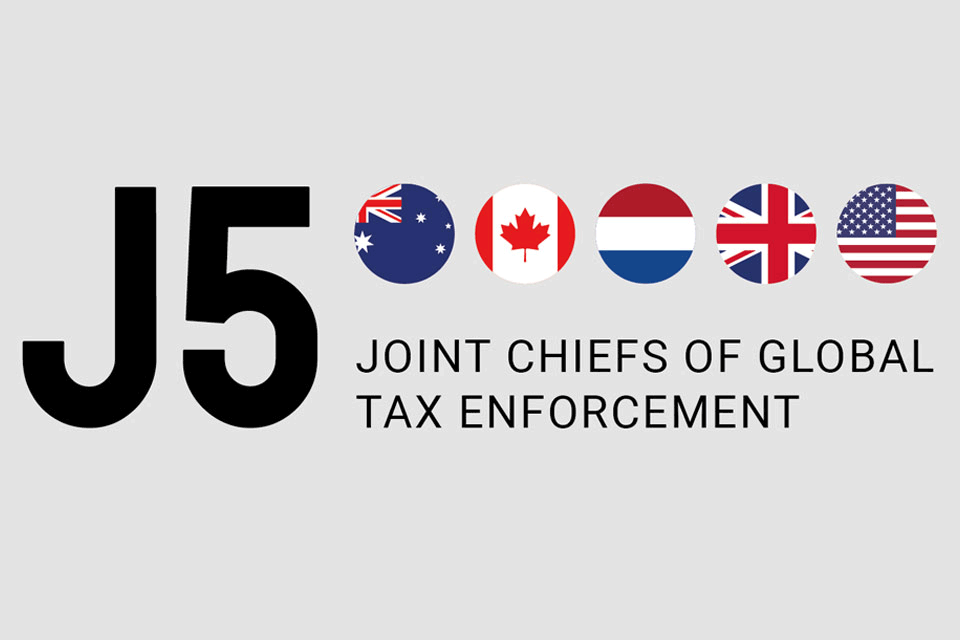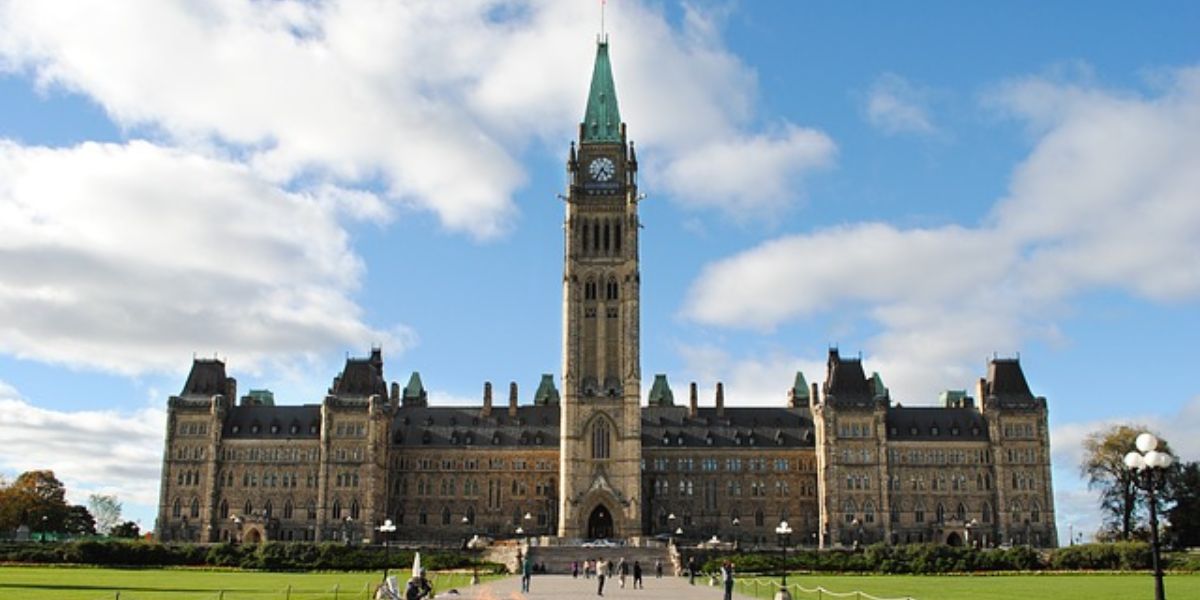On 1 June 2021, the Canada Revenue Agency (CRA) published Information Circular IC71-17R6, which replaces and cancels Information Circular 71-17R5 dated January 1, 2005. This Circular describes several changes related to MAP.
MAP filing process
When an adjustment is made that affects a Canadian resident and a related party in a treaty country, both parties should request assistance from the competent authority of their country of residence in order to ensure that treaty-based relief is obtained for both parties. This could be accomplished by the parties filing their own requests, or by one party, duly authorized to act for the other, filing requests with both competent authorities to satisfy the administrative requirements of both jurisdictions. Where a competent authority request is filed only in the foreign jurisdiction and that jurisdiction has advised the Canadian competent authority of the request, the Canadian competent authority will consider a case involving related party transactions with a Canadian taxpayer where the other requirements of the relevant MAP article are met. The Canadian taxpayer still has to make a formal request in accordance with this circular before the Canadian competent authority would actively work on the case.
Timing for MAP
The Canadian competent authority targets a maximum of 24 months for the completion of the MAP process, including the preparation of a position paper and negotiations, from the date that complete information required to work the case has been received. However, this timeline depends on the co-operation of taxpayers, their representatives, and the other tax authority. The Circular includes information on targeted timelines for completion of certain steps in the MAP process, which is in line with Organisation for Economic Co-operation and Development initiatives to improve international tax dispute resolution.
MAP and competent authority in case of TP adjustments
This Circular states that a mutual agreement between the competent authorities of Canada and a treaty partner in respect of a transfer pricing adjustment normally includes agreed terms for repatriation, and are distinct from the domestic repatriation requirements of TPM-02. These terms are specific to the particular settlement between the two governments, but generally allow for the repatriation of funds either by a direct reimbursement or through an offset of inter-company accounts. Typically, the terms also provide that where a taxpayer repatriates within a specified time period, any withholding taxes applicable to the secondary adjustment are waived or refunded. The repatriation may be subject to audit verification or the CRA may ask for proof of repatriation before waiving or issuing repatriation of transfer pricing adjustments, and audit settlements.














